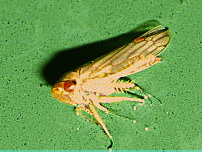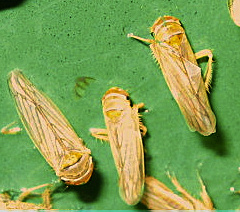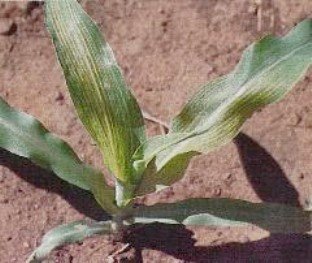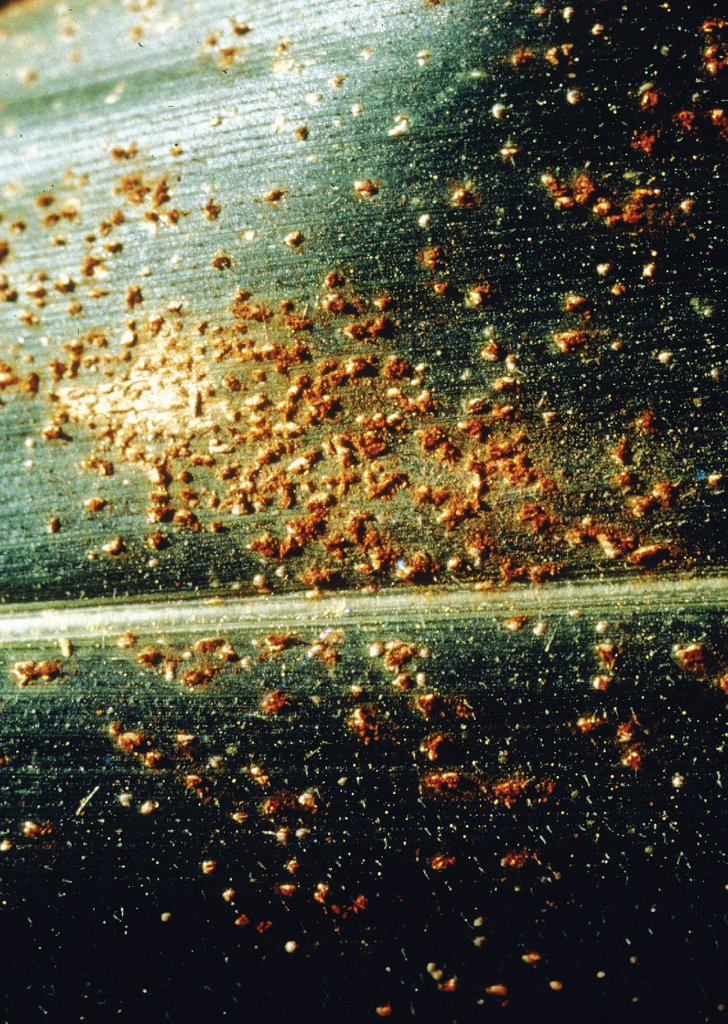Retained Placenta
Dr. iCows’ Diary
22/10/2018
Dear Dr. iCow,
Hey. My animal gave birth 2 days ago and up to now, it hasn’t released da afterbirth. What could be the problem
iCow Smart Farmer, Carol, Nyeri County, Kenya
Dear Carol,
Retained placenta is failure to expel fetal membranes after calf delivery, which should happen 30 minutes to 8 hours after delivery.
This may be caused by; – dystocia, difficult calving, still birth or abortion, nutritional deficiency, e.g. low calcium and selenium, deficiency of vitamins A and E.
The retained afterbirths can be removed manually by a vet doctor, on the third day.
Note: Manual removal of placenta can cause uterine trauma and delay return to normal reproductive status.
Untreated cow expel the retained fetal membranes in 2 to 11 days. It is advisable to observe the cow closely.
It is important to supplement your cow during dry period, two months before calving, with dry cow mineral supplement.
Mineral supplements contain the right macro mineral and trace elements in the correct amounts and proportions, e.g. calcium, phosphorus, sodium, selenium, magnesium, iodine, cobalt & zinc, which are important for metabolic health and growth, immune system, prevention of mastitis, retained afterbirths, metritis and preparation of production/lactation.
It is advisable to supplement your cows with mineral supplements for milking cows immediately after calving, e.g. Vitaphos, Maclik Super, Unga High Phosphorous.
Please tell friends & farmers to dial *285# to register and join iCow. Visit iCow menu for much more by dialing*285# including registering your livestock with us under No. 4 Precision farming.
Thank you.
Your friend and advisor, Dr. iCow





